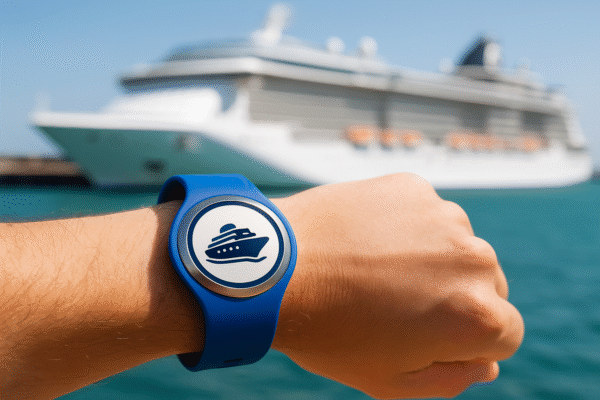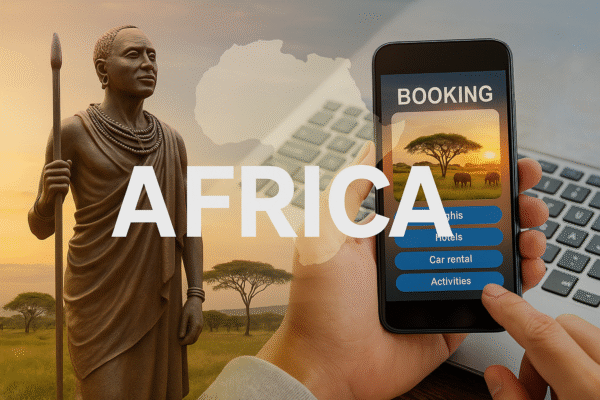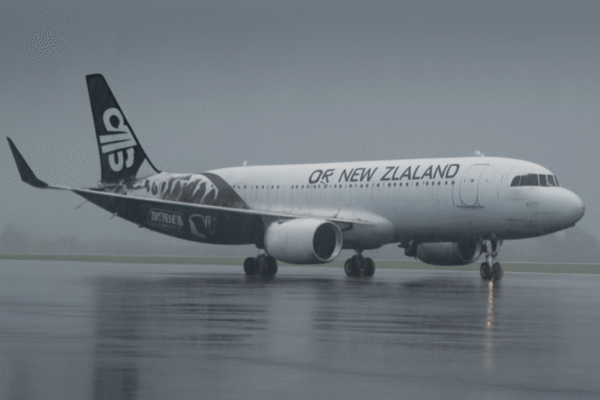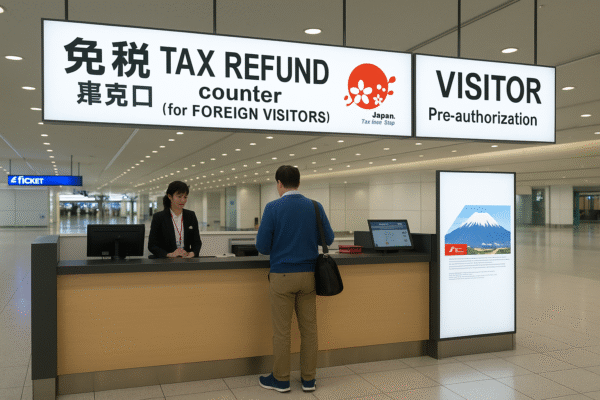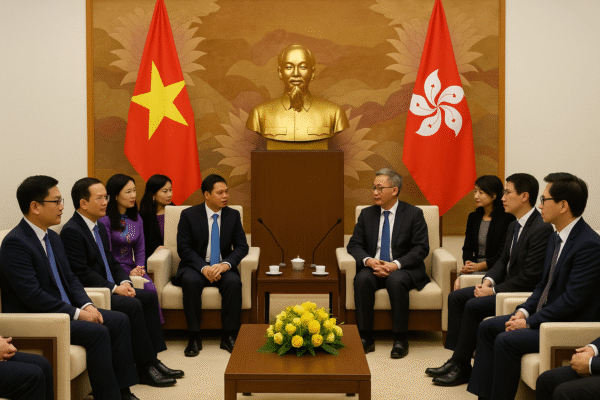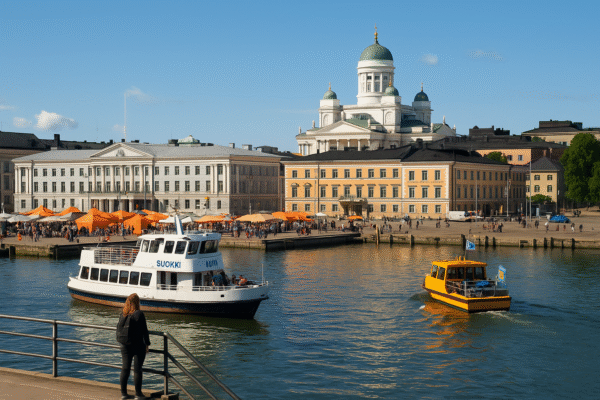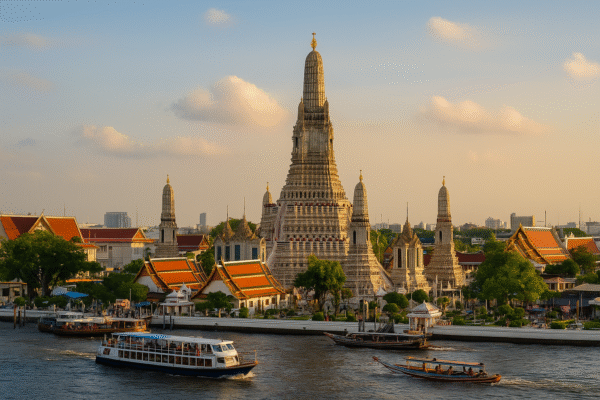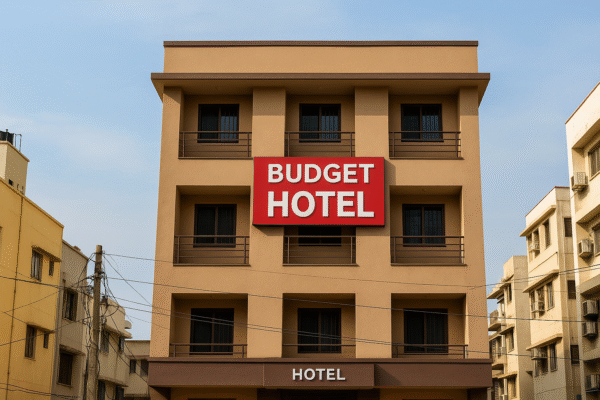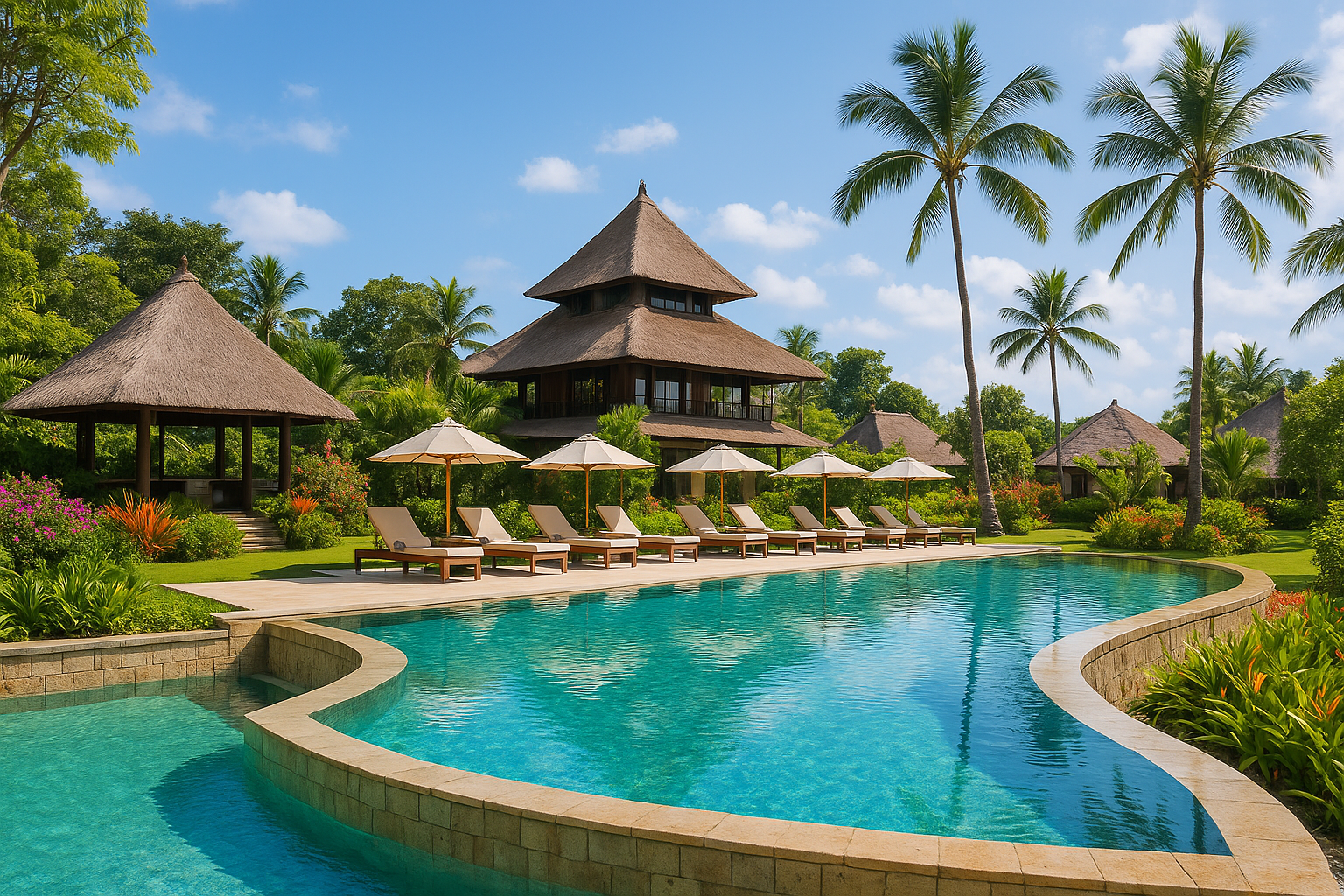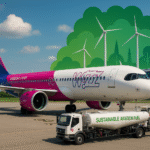Indonesia is on course to make history in 2025 as its international tourism sector is projected to surpass pre-pandemic benchmarks, establishing the country as a standout leader in Southeast Asia’s travel resurgence. Bolstered by strong government leadership, private sector engagement, and sustainable infrastructure development, the archipelago nation is witnessing a remarkable tourism transformation.
Forecasts suggest that international visitor spending will reach IDR344 trillion in 2025, reflecting an approximate 12% increase over 2019 levels. The Ministry of Tourism and Creative Economy has played a central role in this resurgence by setting clear, inclusive, and sustainable growth objectives. With tourism contributing roughly 5.5% to Indonesia’s GDP and supporting over 14 million jobs, the industry’s resurgence is not only timely but strategically critical to the nation’s economic landscape.
National Strategy Behind the Surge
Indonesia’s tourism rebound is rooted in a strategic approach that prioritizes long-term growth, regional distribution, and sustainability. Minister of Tourism and Creative Economy Sandiaga Uno has emphasized the importance of “quality and sustainable tourism,” urging the sector to enhance community welfare, create employment, and protect cultural and natural heritage.
Public-private collaboration has been instrumental. Private investors, hotel developers, and tourism service providers have worked in tandem with government agencies to ensure Indonesia is not solely reliant on popular destinations like Bali but is also expanding its tourism footprint across lesser-known yet equally captivating locales.
Tourism Beyond Bali: Diversifying Destinations
While Bali continues to be a magnet for international tourists, the island’s popularity has raised concerns around overdevelopment, traffic congestion, and cultural dilution. In response, the provincial government has implemented regulations limiting new hotel, villa, and entertainment developments, particularly in saturated areas. These measures aim to safeguard the island’s cultural fabric and ecological balance.
Meanwhile, a wave of investment is flowing into emerging destinations across the country. Archipelago International is spearheading this expansion through its Aston brand, with projects in Depok, Kediri, Kolaka City, Cimone, and Yogyakarta, contributing to a more balanced distribution of tourism.
In parallel, Marriott International is advancing its Indonesian footprint with new properties in Gelora, Nusantara, Pontianak, Bekasi, and a planned Westin resort near Batam City. These developments signal a rising demand for both urban and island-based accommodations, catering to a broader traveler demographic.
IHG and Global Chains Strengthen Presence
IHG Hotels & Resorts is also betting big on Indonesia. The company is preparing to launch its voco Bandung Setiabudi hotel in late 2025, featuring 162 rooms and a sustainable, design-forward approach. IHG’s broader pipeline includes:
- A Regent luxury property in Jakarta
- A Crowne Plaza near Komodo International Airport
- A new Holiday Inn Resort in Jakarta
These expansions underscore Indonesia’s growing reputation as a premium and mid-range hotel destination, appealing to both leisure and business travelers.
Sustainable Tourism: The Cornerstone of Growth
Sustainability remains central to Indonesia’s tourism strategy. From eco-conscious infrastructure investments to initiatives focused on cultural preservation and environmental protection, the government is ensuring that growth does not come at the expense of heritage or ecosystems.
Tourism authorities are also encouraging community-based tourism models, where local populations play a direct role in the tourism economy. This inclusive approach not only supports livelihoods but also enhances the visitor experience by offering authentic cultural engagement.
Domestic Tourism Complements International Recovery
While international arrivals are soaring, domestic tourism has shown equally impressive growth. Indonesians are increasingly exploring their own country, supported by government-backed campaigns and infrastructure that connects islands and regions more efficiently. This dual-track growth strategy—strengthening both domestic and international segments—ensures a resilient and diversified tourism economy.
With the rise of inter-island flights, improved road and ferry access, and the ongoing development of tourism super-priority destinations like Labuan Bajo, Lake Toba, and Borobudur, the entire nation is being repositioned as a multifaceted travel hub.
Long-Term Outlook: Vision 2035
Looking ahead, Indonesia’s tourism sector is projected to grow exponentially. By 2035, the industry is expected to generate IDR1,897 trillion and create around 17 million jobs, according to national economic forecasts. These figures highlight tourism’s potential as a major engine for inclusive economic development.
The government’s blueprint for tourism transformation focuses not only on volume but also on visitor quality, aiming to attract travelers who stay longer, spend more, and engage meaningfully with local communities.
Conclusion: A Tourism Model for Southeast Asia
Indonesia’s expected record-breaking tourism performance in 2025 is more than just a rebound—it is a signal of the country’s emergence as a global tourism powerhouse. From major international hotel investments and regulatory reforms in Bali to nationwide sustainability programs and regional development, Indonesia is setting a new regional benchmark for tourism excellence.
As Southeast Asia competes for the post-pandemic traveler, Indonesia’s balanced approach—fusing economic growth, environmental care, and cultural preservation—is positioning it at the forefront of the global travel revival. With strategic leadership, visionary planning, and a deep respect for its diverse landscapes and cultures, Indonesia is ready to welcome the world—and lead it into a new era of responsible, resilient tourism.
For more travel news like this, keep reading Global Travel Wire


